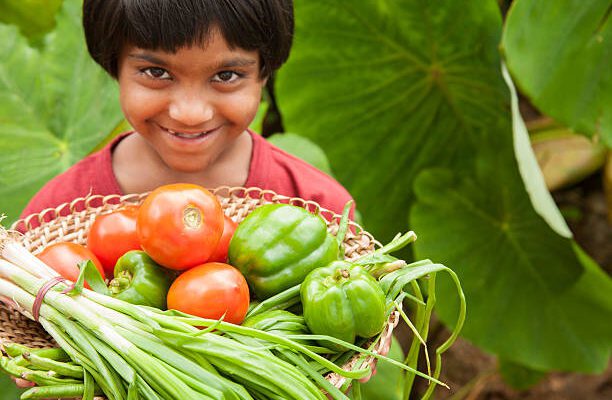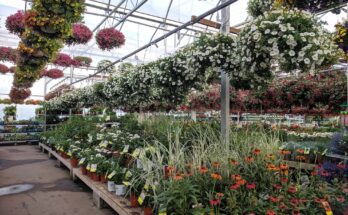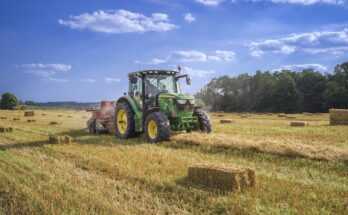Home vegetable gardening can help you save money and get closer to the natural world. Also, you’ll discover that garden-grown produce has an even greater flavour and texture than what you’re used to buying at the supermarket.
Also, maintaining food garden counts as exercise! Consider using these advices to start your vegetable garden off right. We go over how to build a vegetable garden from beginning, which vegetables to grow, and when to plant what in this extensive guide. A “beginning” garden layout with simple-to-grow crops, companion planting methods, and some pretty flowers has also been added!
Although it might at first appear overwhelming, gardening is a tremendously gratifying activity. The fundamentals of vegetable gardening and planning are covered on this page. Including how to choose the best location for your garden, how to design a garden that is the proper size, and how to decide which veggies to grow.
-
Following are a few steps you should consider while vegetable gardening:
Choose the Proper Place
It is crucial to choose a decent site for your garden. Subpar vegetables might come from a substandard location! Here are some guidelines for choosing a good site:
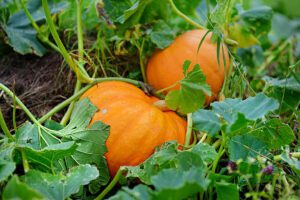 (Photo from istock)
(Photo from istock)
- Sunny Spot: Vegetables often require 6 to 8 hours of direct sunshine every day. A few vegetables will endure some shadow, mainly the green varieties.
- Drains effectively and dries quickly: Planting vegetables on a raised bed or elevated row will improve drainage. If your soil is poorly drained and water pools there. Wet soil leads to moist roots, which can eventually decay. If your soil is rough. Till it and remove the rocks because they will obstruct root development and result in weaker plants.
- Take care of wind: Avoid locations that are unstable or windy. Since these conditions may cause your young plants to topple over or prevent pollinators from doing their work. Also, you don’t want to plant in an area that sees a lot of foot activity or frequently floods.
- Rich in nutrients soil: Your plants are fed by the earth. You’ll get poor, unwell plants if your soil is shallow and deficient in nutrients. To aid in the growth of your plants, add lots of organic matter.
Start with a Small Space for Vegetable Gardening
Start small if you’re just getting started gardening. It’s better to enjoy a small garden’s benefits than to find a huge one time-consuming. It’s also advisable to gain a basic understanding of gardening before devoting a lot of time and money to this new activity. You’ll be able to estimate how long gardening will take. You’ll discover if you prefer spending time outdoors planting, watering, and weeding.
Also, you’ll discover how much produce you and your family can consume in a summer. Another excellent approach to begin is to grow vegetables in containers. With these, a sunny deck or balcony will do instead of a yard.
Choose Your Vegetable Varieties Smartly
Take particular attention to the seed packet’s label, tag, or description. Each vegetable type has a unique set of qualities. Some breed plants that are smaller, perfect for little gardens or containers. Some kinds have higher yields, better heat or cold tolerance, or better disease resistance. Start by picking vegetables you enjoy eating, then research their sizes and maintenance requirements.
Productivity
 (Photo from istock)
(Photo from istock)
Take into account how much food you and your family will consume as well as whether any extra produce will be canned, frozen, or donated. Then, be honest about how many seeds or plants you actually need to sow many newbies make the error of planting excessively. It may not take many plants to meet your needs because vegetables like tomatoes, peppers, and squash remain producing throughout the growing season. Some vegetables, like corn, radishes, and carrots, can only be harvested once before needing to be replanted.
Successive Crops
You can harvest vegetables and herbs all through the spring, summer, and fall if you plant both warm- and cool-weather plants. Grow lettuce, greens (like arugula), peas, radishes, carrots, and broccoli in the early spring.
You should plant hot-weather favourite vegetables like tomatoes, peppers, eggplant, and herbs. Do that after harvesting your cool-weather crops, such as lettuce. Kale, cabbage, and potatoes are all harvestable in the fall. Test Garden Tip: By growing crops on vines, such as green beans and peas, you may maximize your garden’s vertical area boost your yield per square foot and area.
A lot of sunlight is essential for Vegetable Gardening
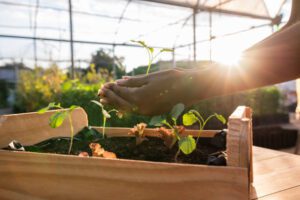 (Photo from istock)
(Photo from istock)
Like to other plants, vegetables rely on the sun to begin photosynthesis. Rapidly growing plants need full sun—at least 6 to 8 hours daily of direct sunlight—without any shade provided by fences, bushes, or trees. Planting vegetables that prefer the sun in areas that get little to no direct sunlight won’t be very successful.
You should plant vegetables and herbs that can withstand partial shadow in your yard, such as lettuce, kale, chard, spinach, chives, cilantro, parsley, and thyme. If your site receives at least 4 hours of direct sunlight every day, root crops like carrots, radishes, and beets might also work. Hence, you can plant herbs and vegetables that benefit from the sun, such as tomatoes, cucumbers, beans, basil, dill, and rosemary.
Consider On Easy Access of Water
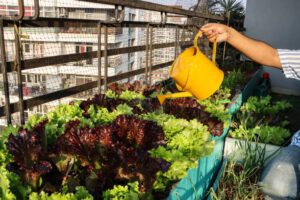 (Photo from istock)
(Photo from istock)
The closer to a water supply your plot may be situated, the better. You’ll need to be able to water often for these delicate plants to grow strong roots and stems during the first few weeks after seeds germinate or seedlings are transplanted. Once your plants have established themselves, a deep soaking every few days is better to a gentle misting every day.
Deeper soil penetration by the water encourages root development and makes it easier for them to access the nutrients they need to be healthy. In order to reduce water loss and the amount of time you need to spend watering, think about installing soaker homes or drip irrigation on a timer.

